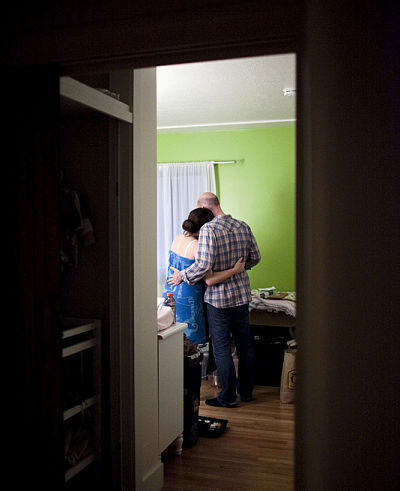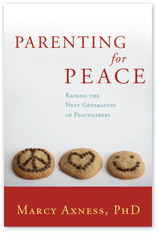I believe that all women, consciously or not, participate in a collective knowing about the empowerment we might claim in birthing our babies. But instead of empowered birth, as birth anthropologist Robbie Davis-Floyd has so thoroughly researched, the majority of women have a birth experience that is demoralizing and dispiriting. And that gets parenting off to a less-than-peaceful start!
So to add to the first batch, to further enrich Empowered Birth Awareness Week, here are yet more ways to engage Parenting for Peace principles to up your odds of having an empowered birth.
Principles for Empowered Birth: Part II
 Nurturance – Fathers and partners, this is the golden hour for you to express this principle magnificently!
Nurturance – Fathers and partners, this is the golden hour for you to express this principle magnificently!
- You now act as her womb: it’s up to you to cocoon her from phone calls, texts, tweets, visitors, and all other contact—anything characteristic of the modern human, especially lights and language. All such stimulation brings adrenaline to her system. You yourself should use the very minimum of softly spoken words with her—again, so as not to call forth the labor-slowing adrenaline.
- Rather than humanizing birth, as some reformers call for, Michel Odent suggests we need to dehumanize birth, or rather, mammalianize it—by taking away everything that distinguishes humans: rationality, speech and technology. Cameras are big culprits; the camera-face a woman feels she must put on will right there interfere with the process! Odent confidently declares, “Go ahead, let everyone into the room, chat, watch TV, run the cameras—and she’ll give birth after thirty or thirty-six hours of labor. If you respect the physiology, that same baby will be born in less than five hours.” {Read more ideas at mothering.com}
Image:
Jason Lander, through a Creative Commons license
Tags: birth, C-section, cesarean, empowered birth, labor, Michel Odent, Robbie Davis-Floyd, VBAC, waterbirth


